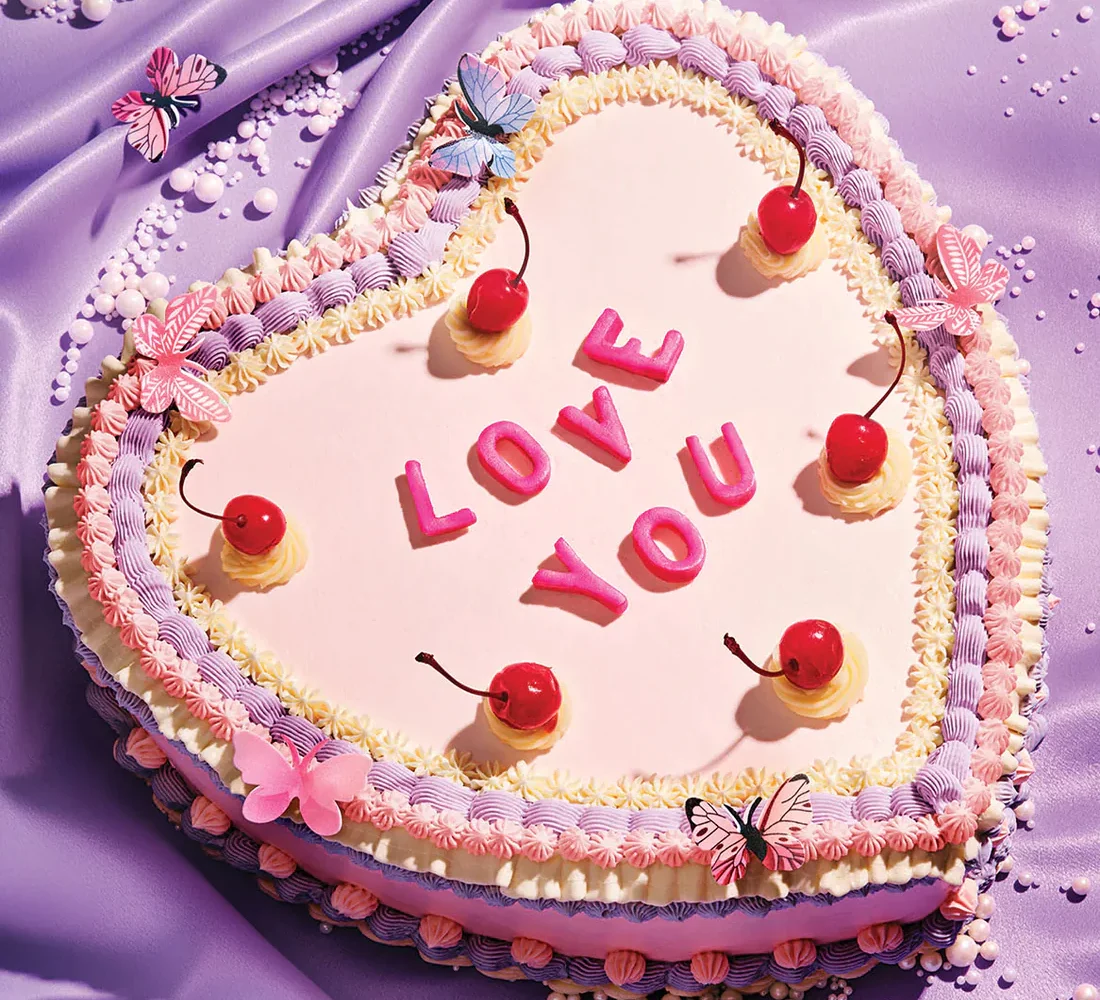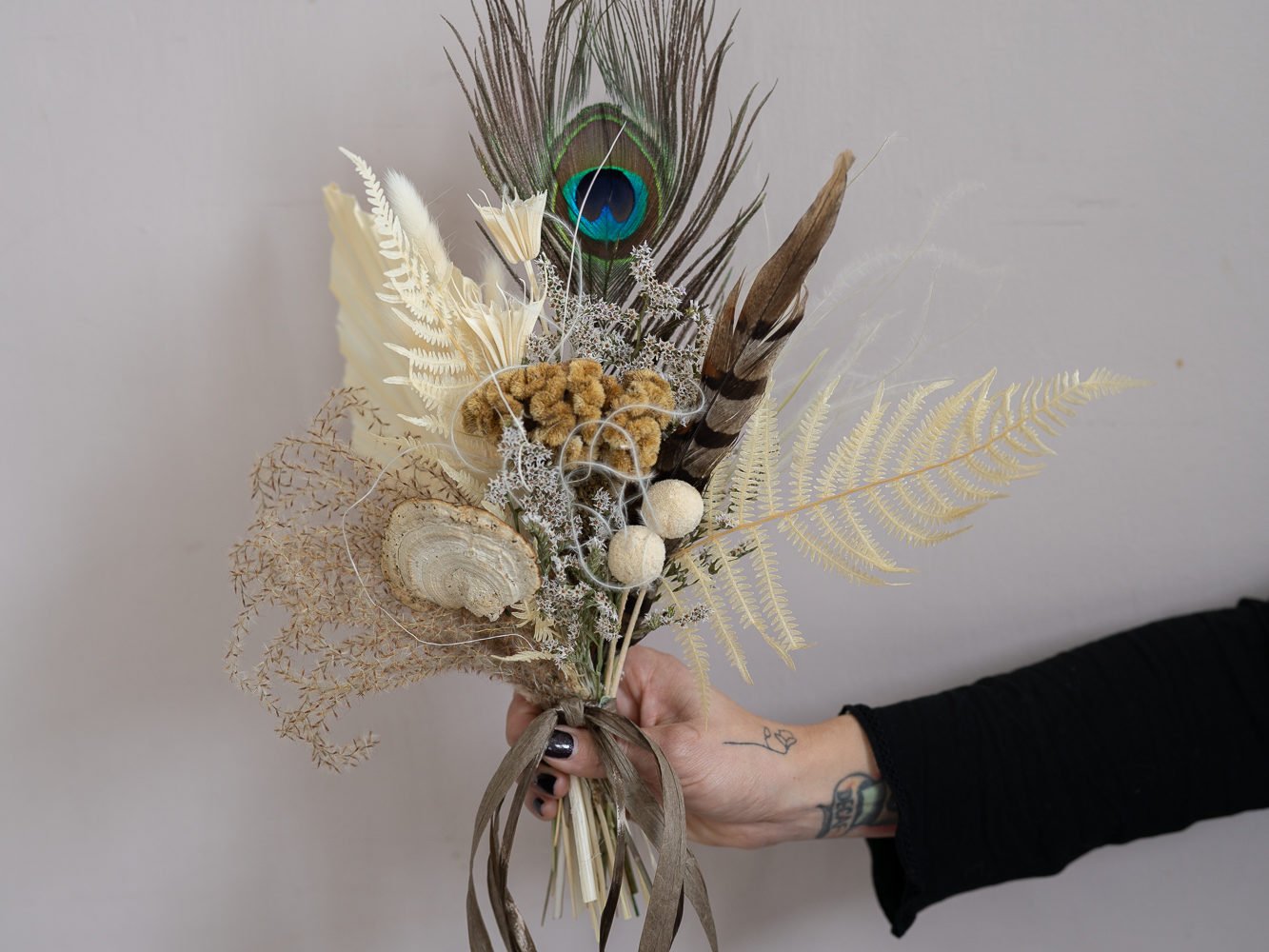Public policy, law, international affairs–the list of
academic strengths is long and wonky here in Washington. But students
excel in creative areas, too–for proof, look no further than
Marymount University’s signature fashion design program. On a
sleepy campus off Northern Virginia’s Glebe Road, aspiring
fashion designers learn the ins and outs of sewing a pattern, developing
a line, and landing a fashion job post-graduation.
Each year,
students compete for the honor of showcasing their designs at
the school’s annual Portfolio in Motion fashion show (see our
favorite looks from this year’s show here). After the show,
each senior designer’s portfolio is critiqued by Marymount’s
designer of the year. Past honorees have included Michael Kors,
Diane von Furstenberg, Carolina Herrera, and Peter Som; this
year the title went to Eileen Fisher.
Perhaps most well known for her luxurious, loose-fitting
basics, the 28-year industry veteran has stores all over the world
and a very loyal following among Washington women. Here, she
opens up about the looks she saw, the pros and cons of designing
outside New York, and why a work/life balance is important,
especially in a field as creative as fashion design.
Give us your general impressions of the designs you reviewed. What impressed you? What surprised you?
I was impressed by the range of ideas and inspiration
and talent. The fashion show was very fun. It surprised me to see such
a creative use of color. Designers use it in New York, but up
there it’s a little more subdued. Here, everything was so cheerful!
That look suits America in general more.
I was also really impressed with the intellectual level of the students. They had fantastic questions. They’re very articulate
and clearly very passionate.
Washington isn’t known as a fashion center the way New
York is. How do you think that affects the evolution of a student
designer’s
aesthetic?
I started in the Midwest, so I think the different
perspective that provides is a good thing–it makes us who we are. Good
will definitely come of that. Certain things are
unfortunate–the fabrics stores can be less-than-great outside of New
York–but
students can overcome that.
Marymount advocates a melding of basic business acumen and creativity in the fashion merchandising program. Do you think that’s
a good foundation for a fashion-oriented education?
Probably! We talk a lot in our organization about
“creative meets business,” so I think having an understanding of that is
a good thing. At the same time, really fiddling with your
creative expression is key in developing your own aesthetic, too.
You don’t need to be totally bound by business needs at this
age, but those [skills] are critical in the end, so having an
awareness is good.
The fashion industry can be a ruthless place to build a career. What advice are you giving to Marymount seniors about staying
sane as they venture into the professional world?
I’m a bad advice giver, but it’s important that they
really work on finding their own uniqueness. Figure out what inspires
and delights you and look for companies that are doing what you
believe in. Don’t twist yourself into a pretzel to get any
job, but know that you can learn pretty much anywhere you land.
The technical skills they develop at Marymount–learning to sew and create a pattern–also gives them an edge. It took me years
to develop as a designer because I didn’t start with those abilities.
The Eileen Fisher company has a reputation for being an excellent place to work. Do you think it’s necessary for people in
the fashion industry to “pay their dues” and work long hours with low pay early on in their career?
Absolutely not. And we have to consciously make things
different. Happy people are more creative–we instinctively know that.
So we work hard on the work/life balance. We make sure people
take days off and that we have good wellness policies. There’s
also an attitude of working together. One of the things I’m
most proud of is our collaborative process.
Lots of people in Washington coming from nontraditional backgrounds are working on exciting fashion projects. You did something
similar, beginning your career in interior design. What made you decide and commit to the switch to fashion?
Working with couples or families you have to be a
psychologist too and deal with lots of opinions. I couldn’t express
myself,
and I felt hampered by that. I stumbled on clothing by a series
of flukes–like answering phones for six weeks at a clothing
company and ending up in Japan on a trip with a business
partner. I was really inspired by the kimonos and the simple
aesthetic–that
got the idea going in my mind. Later on, I found myself at a
boutique show with some friends. Seeing designers present their
clothes in a booth showed me a concrete way to market my idea,
which wasn’t even real yet. I started on my first line shortly
afterward.

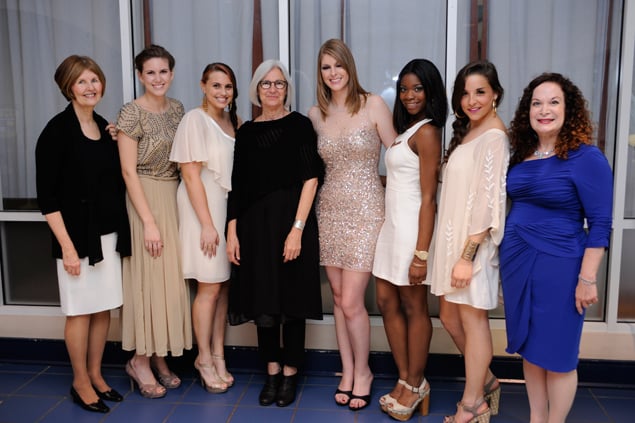
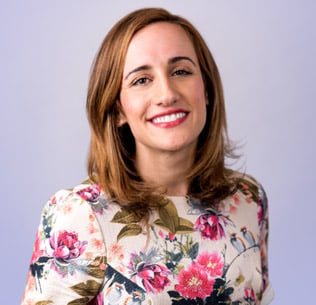

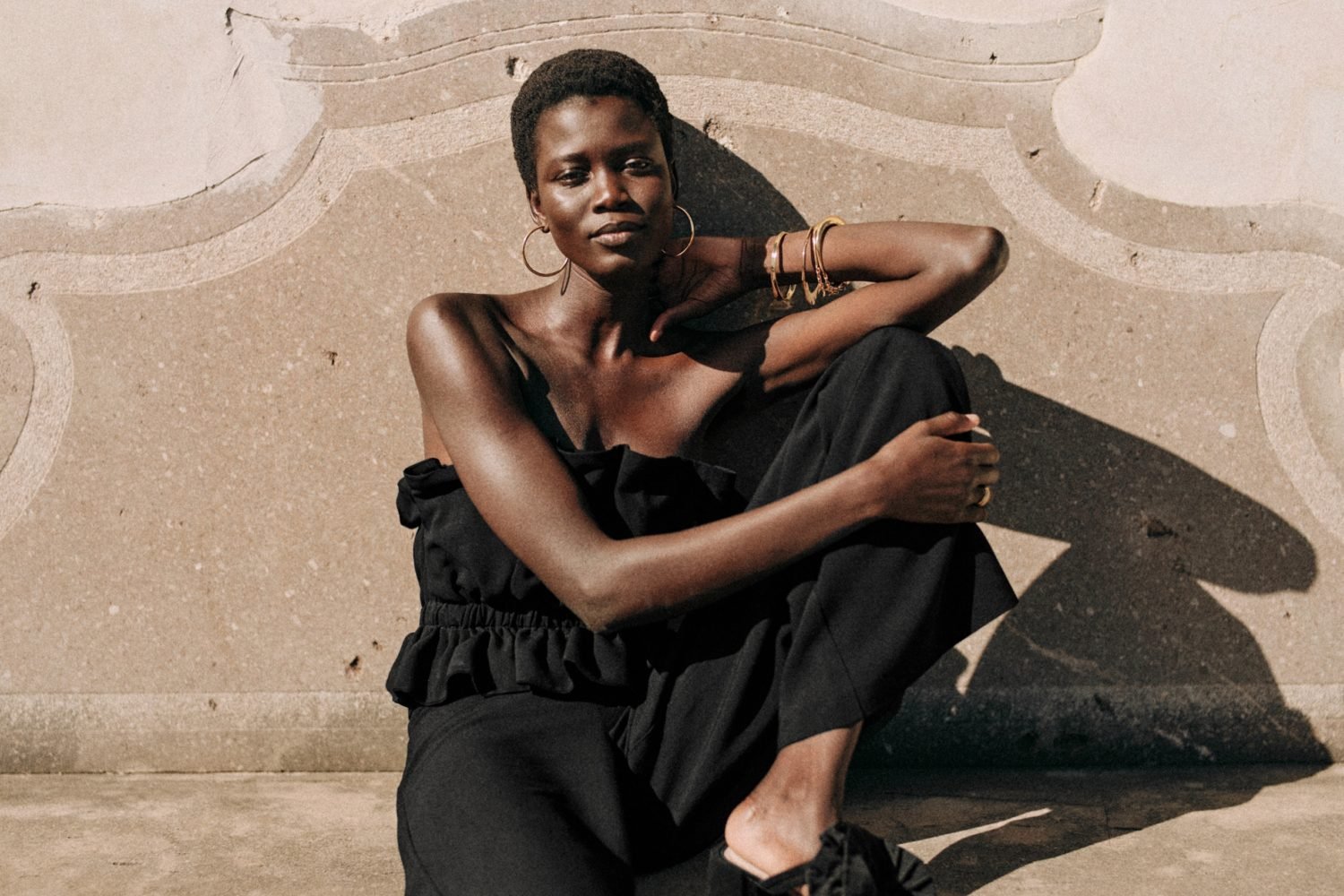
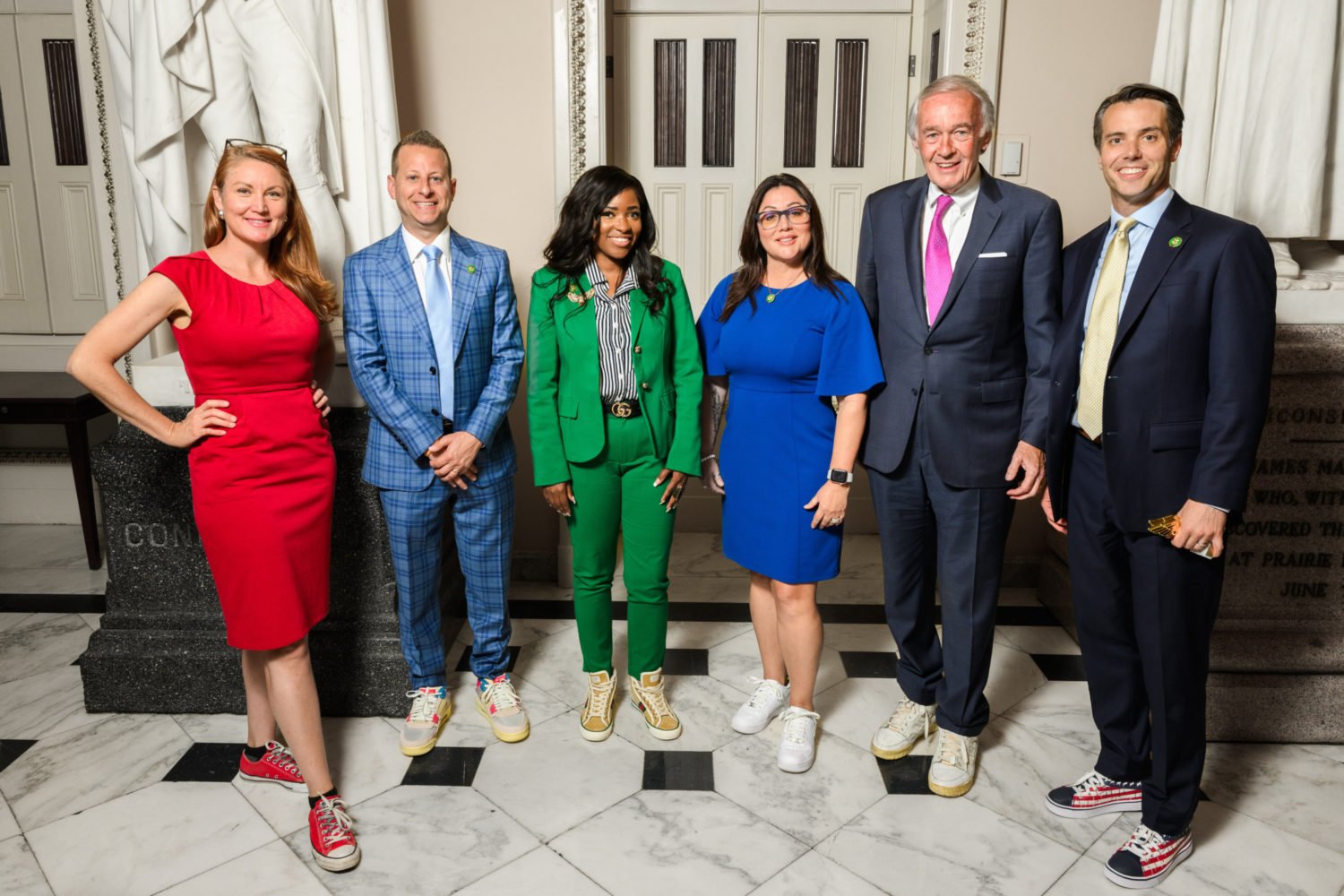
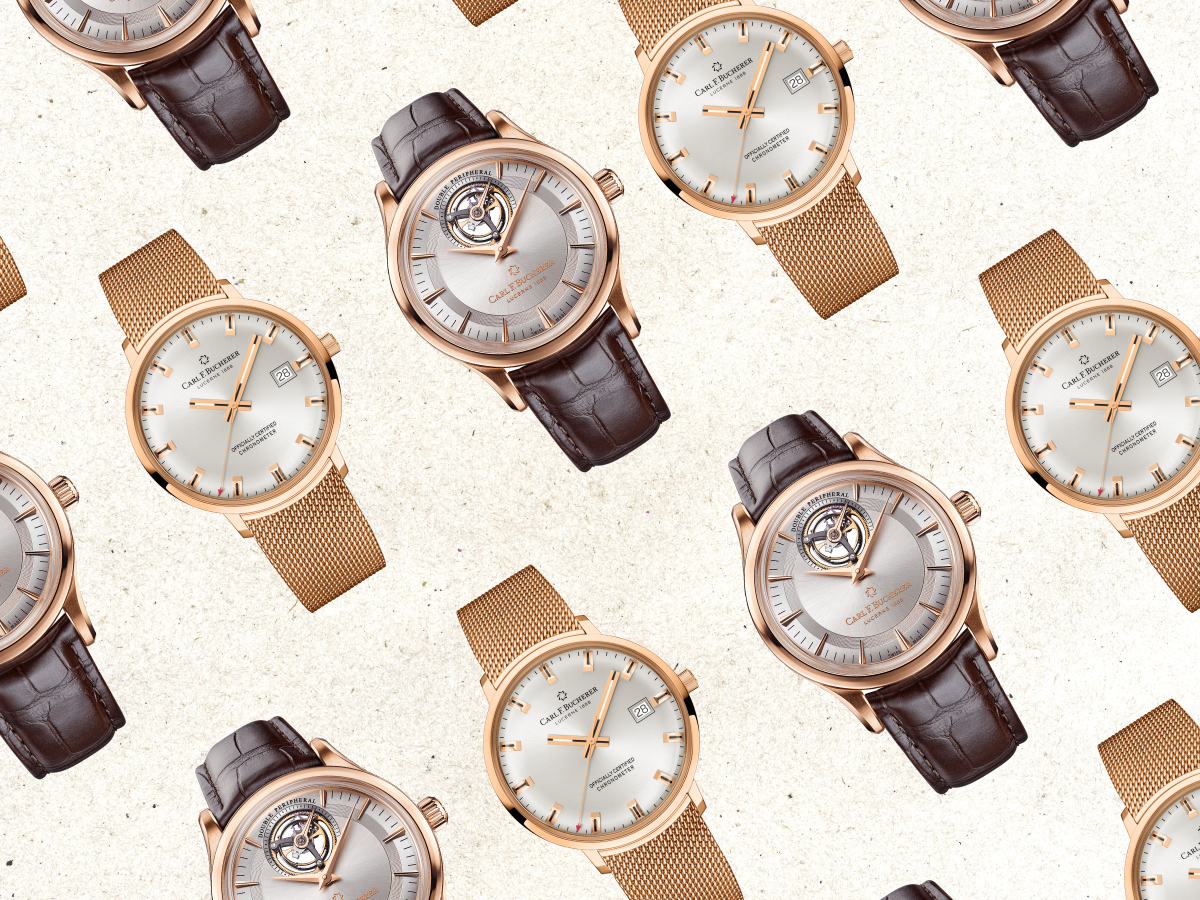
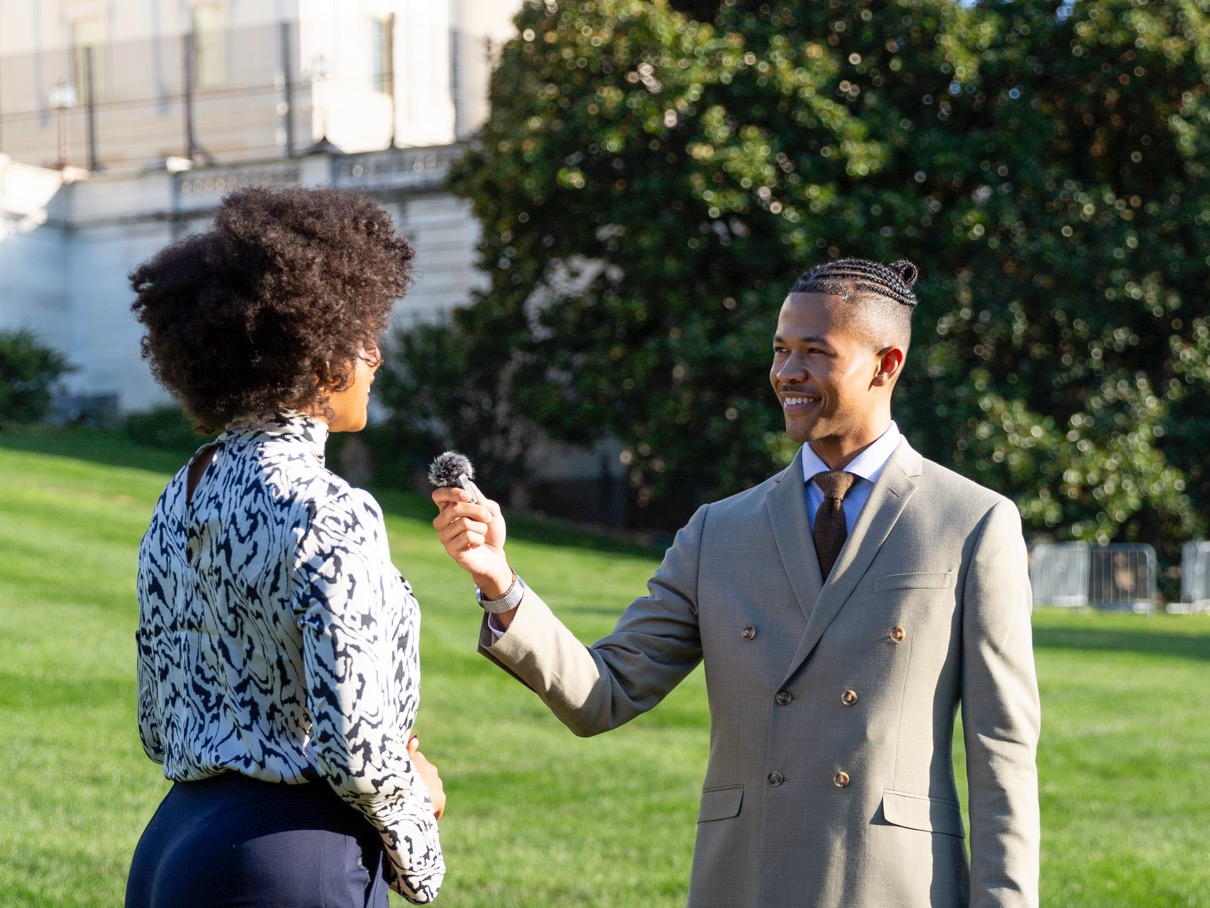
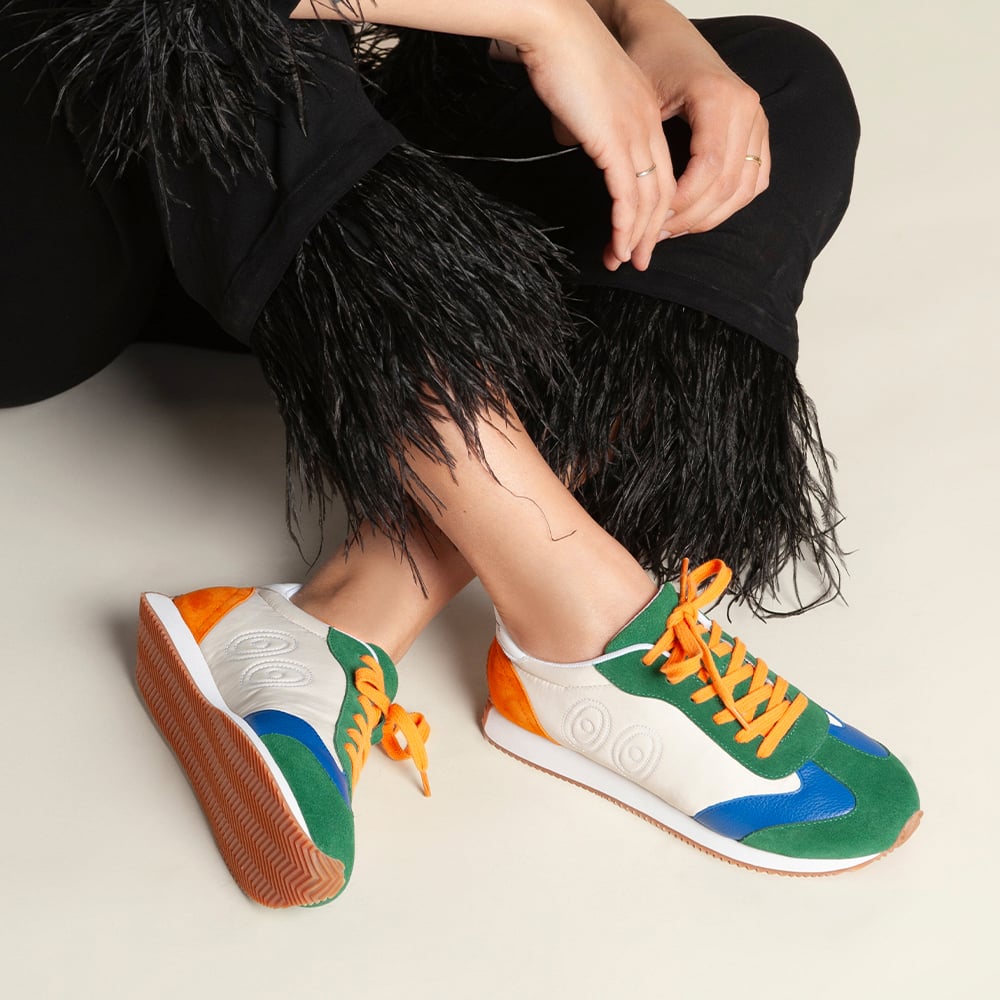
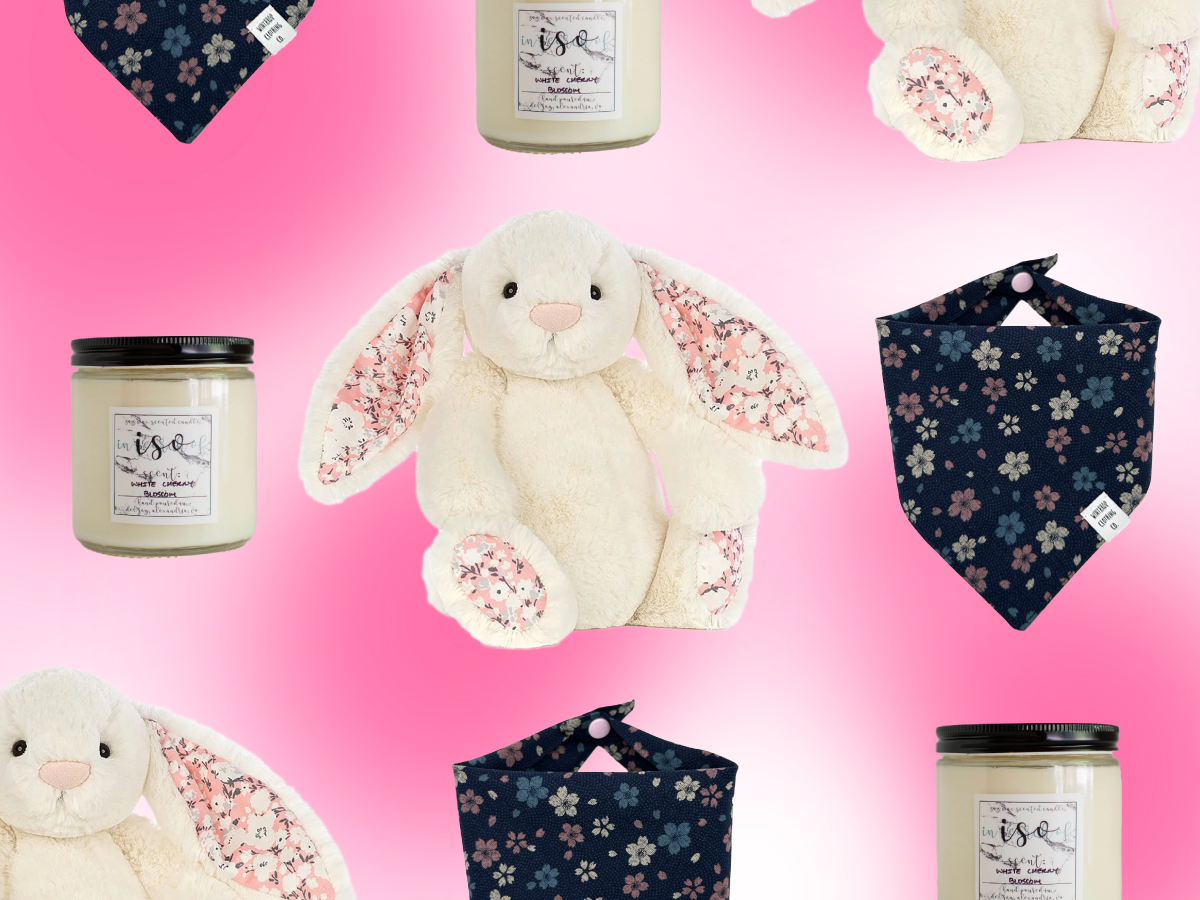
![Rockville-Town-Square-Library-View-[Credit-City-of-Rockville]-scaled-down - Washingtonian](https://www.washingtonian.com/wp-content/uploads/2024/02/Rockville-Town-Square-Library-View-Credit-City-of-Rockville-scaled-down-1500x1000.jpg)


